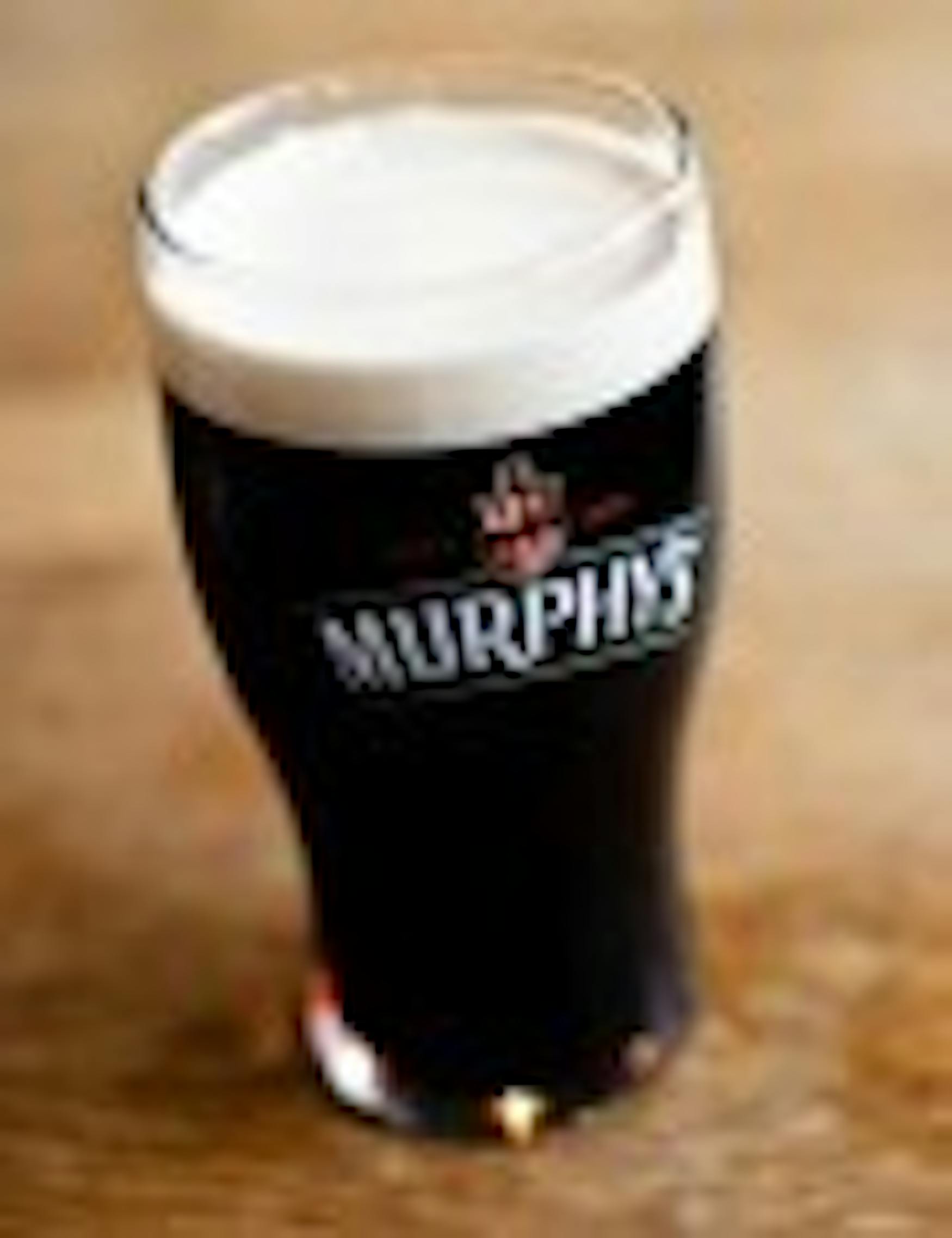Bringing back Irish flair with two authenic age-old stouts
Last Thursday was the 251st anniversary of the Guinness Brewery in Ireland. In 1759, Arthur Guinness signed a 9,000-year lease on a brewery in Dublin. From here came the Irish dry stout that defines the Irish people and their culture. Stouts derive their dark, bitter flavorings from roasting the malted barley until it is dark and bitter. An Irish dry is known for being a less heavy stout with a more pronounced hoppyness to it.Ireland is not known for its beer selection-usually just Guinness and a few British lagers-but rather for a lifestyle of going out to a pub and socializing with both friends and strangers over rounds and rounds of beer. The pubs are meant to be small, cozy and void of the technological distractions found in most bars today (a real Irish pub should not have a television; this is something many American copies neglect).
While Guinness is not technically considered a microbrew, it still has a special place in my heart. Having studied abroad in Dublin and being of Irish ancestry, it's something that's become a part of me. I was in Dublin for the 250th anniversary, and it stands as one of the more memorable nights of my life. I now will review Guinness Draught and a lesser-known counterpart in Ireland, Murphy's.
Guinness Draught
This drink was poured from a 500-milliliter can into a curved pint glass at refrigerated temperature. The drink poured creamy and dark; draught is made with nitrous oxide, compared to the typical carbon dioxide in most beers, which gives the drink its creamy, almost solid off-white head. This head retains itself during the entire drink, unlike most beers that rapidly fizzle out. Appearance of the body is dark with a slight reddish-brown tint when held up to light. While the beer does not give off much of a scent, it still has a slight burnt aroma.
Upon drinking, there is a mix of bitter chocolate and coffee that is accentuated by the creaminess of the nitrogen. There's also a slight hoppy bitterness at the finish of the beer. Guinness almost tastes flat; there isn't much fizzy buzz in the mouth, but instead a foamy, almost milk-like texture. It's fun to sip on a Guinness and let the head form a mustache on your upper lip. While this produces an interesting texture, the flavors are not nearly as pronounced. In fact, despite its creaminess there is almost a diluted watery mouthfeel to the beer. Guinness often is thought of as a very heavy beer to the unknowledgeable, but the reality is that the color of beer doesn't define thickness; there are other factors that make a beer thick or thin, such as the beer's sugar content.
Overall, Guinness doesn't have much flavor, and as such I can't really rate it that highly on my scale. However, I do hold a kind of significance to this drink, as it was the first drink I legally consumed (as a 20-year-old in Dublin), and it is probably the one beer I've had more than any other. It's not the world's greatest beer, but it is a drink that is good, makes you feel good and has an immense story behind it. If you ever find yourself on the Emerald Island for more than 5 minutes, immediately get yourself into a small pub, order up a pint, and start chatting up the locals. The Guinness is fresher there, so anything you try that's not in Ireland will not do the experience justice. I give the beer a six out of 10.
Murphy's
While Guinness is the best-known Irish stout, there are also a few smaller brands. One such brand is Murphy's, which is brewed in Cork (the second-most-populated city in Ireland). This beer was also poured into a pint glass from a 500-milliliter can. The color and style were very much the same, as they both use nitrogen. The real difference from Guinness was in flavor. Murphy's had a much more pronounced chocolate flavor, which finished sweet and not at all bitter. It was still very light and almost flat-tasting, but the flavors were much improved. Overall, as much of sin as it is to say this, Murphy's is a better stout than Guinness; the flavors are better. However, Guinness holds much more popularity and is a much more important part of Irish culture. Both drinks are hundreds of times better than any American mass-produced lager. I give the beer a seven out of 10.
That's it for this week. Stay tuned next week when I talk about Oktoberfest. As they would say in Ireland, Slainte (Cheers)!



Please note All comments are eligible for publication in The Justice.